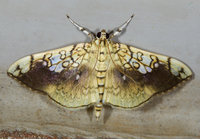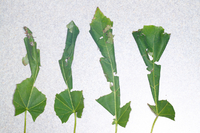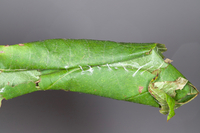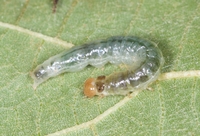
| Recorded by: Mark Basinger on 2025-08-15
Ashe Co.
Comment: | 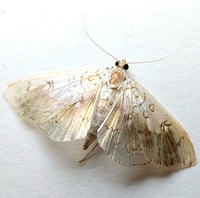
| Recorded by: Mark Basinger on 2025-08-14
Ashe Co.
Comment: |
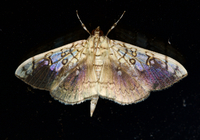
| Recorded by: Jim Petranka and Becky Elkin on 2025-07-26
Madison Co.
Comment: | 
| Recorded by: B. Bockhahn on 2025-07-07
Graham Co.
Comment: |
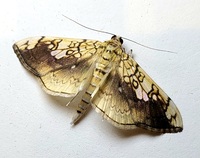
| Recorded by: Mark Basinger on 2025-06-22
Buncombe Co.
Comment: | 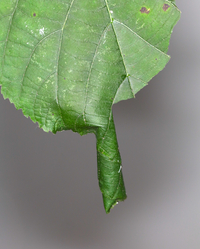
| Recorded by: Jim Petranka and Becky Elkin on 2024-08-21
Yancey Co.
Comment: |

| Recorded by: Jim Petranka and Becky Elkin on 2024-08-21
Yancey Co.
Comment: | 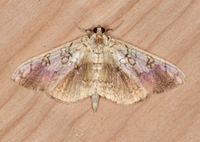
| Recorded by: Jim Petranka and Mark Basinger on 2024-08-06
Mitchell Co.
Comment: |
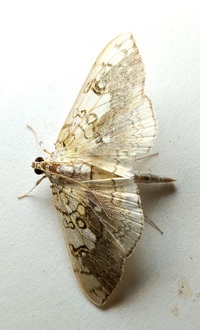
| Recorded by: Mark Basinger on 2024-08-03
Mitchell Co.
Comment: | 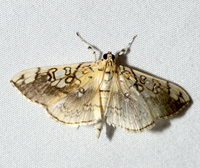
| Recorded by: David George, Jeff Niznik, Patrick Coin, Steve Hall, Carol Tingley, Tom Howard on 2024-07-27
Chatham Co.
Comment: |
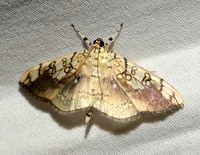
| Recorded by: David George on 2024-07-15
Chatham Co.
Comment: | 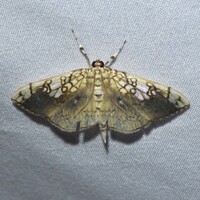
| Recorded by: Jeff Niznik on 2024-07-14
Watauga Co.
Comment: |
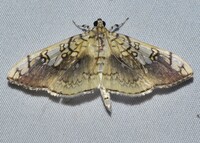
| Recorded by: Jeff Niznik on 2024-07-12
Watauga Co.
Comment: | 
| Recorded by: Jim Petranka and Becky Elkin on 2024-07-11
Madison Co.
Comment: |

| Recorded by: David George, Jeff Niznik on 2024-07-08
Chatham Co.
Comment: | 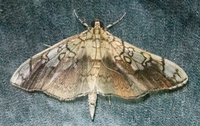
| Recorded by: Emily Stanley on 2024-07-05
Buncombe Co.
Comment: |
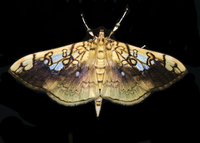
| Recorded by: Jim Petranka on 2024-07-05
Madison Co.
Comment: | 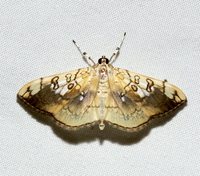
| Recorded by: David George, Jeff Niznik, Stephen Dunn on 2024-06-29
Chatham Co.
Comment: |
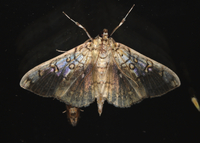
| Recorded by: Jim Petranka on 2024-06-29
Madison Co.
Comment: | 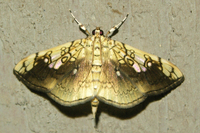
| Recorded by: Owen McConnell on 2024-06-27
Graham Co.
Comment: |
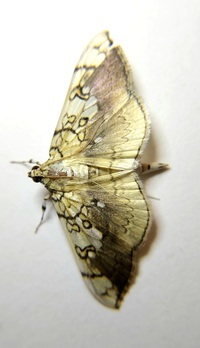
| Recorded by: Mark Basinger on 2024-06-23
Yancey Co.
Comment: | 
| Recorded by: Dean Furbish, Lior S. Carlson on 2024-06-17
Lincoln Co.
Comment: |
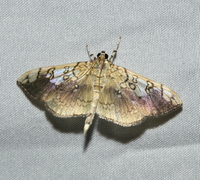
| Recorded by: David George, Steve Hall, Patrick Coin, Mark Basinger on 2024-06-16
Chatham Co.
Comment: | 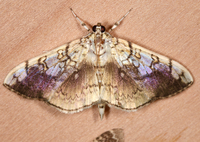
| Recorded by: Jim Petranka and Becky Elkin on 2024-06-03
Madison Co.
Comment: |
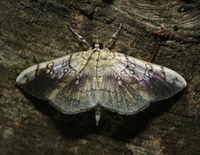
| Recorded by: David George, Jeff Niznik on 2024-06-01
Chatham Co.
Comment: | 
| Recorded by: David George, Jeff Niznik on 2024-05-25
Chatham Co.
Comment: |

| Recorded by: David George, Rich Teper on 2024-05-13
Chatham Co.
Comment: | 
| Recorded by: David George, Rich Teper on 2024-05-13
Chatham Co.
Comment: |
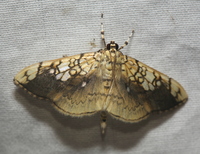
| Recorded by: David George, Rich Teper on 2024-05-13
Chatham Co.
Comment: | 
| Recorded by: Jim Petranka and Becky Elkin on 2023-09-03
Madison Co.
Comment: A basswood with numerous rolled leaves. |
|

 »
»